Prediction Team 3
Research 2-1
Research 2 shows the difference between when the urban area is surrounded by the deciduous broad-leaf forests (case 1) and when the urban areas surround the deciduous broad-leaf forest (case 2). To simulate cases, we set the land use option, lu_index, as 11_1_11 for case 1, and 1_11_1 for case 2. The urban size, lm, is set as 25 in both cases.
0-24
Deciduous Broadleaf Forest
25-74
Urban
75-99
Deciduous Broadleaf Forest
0-24
Urban
25-74
Deciduous Broadleaf Forest
75-99
Urban
Temperature
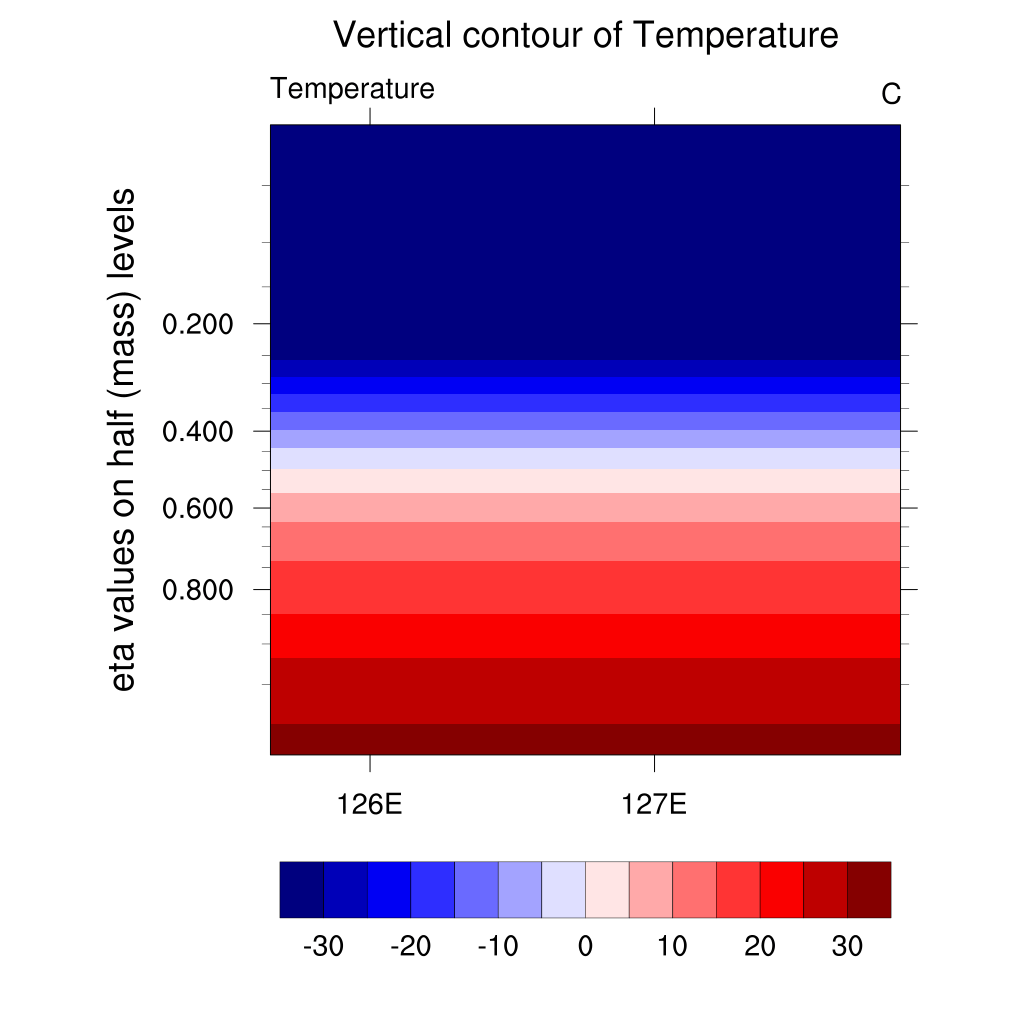
1. Urban in the middle
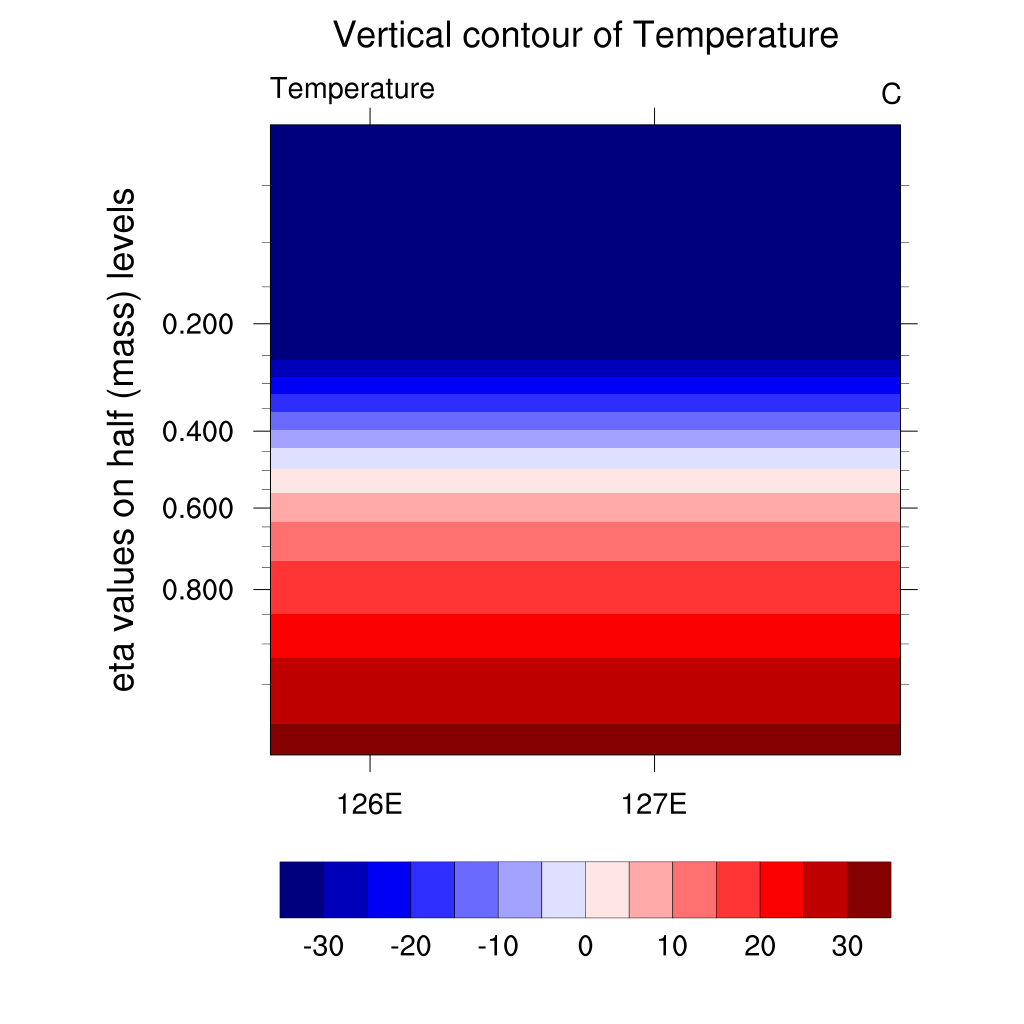
2. Urban in the edges
“Greater UHI effect in case 2 and Quicker mitigation of UHI effect in case 1”
In both cases, the urban heat island effect occurs after about an hour. During the daytime, the temperature above the urban area increases. In case 2, there is a thicker area of temperatures more than 30 °C above the urban. It shows a greater heat island effect, in which the urban warms up more than it does in case 1.
About two and a half hours later, from around 5:30 pm, the heat island effect starts to be alleviated. In case 1, the areas where the temperature is above 30 °C are relieved relatively quickly. It means that the heat island effect is reduced better than that of case 2.
At around 11:00 p.m., about 8 hours later, the temperature near the surface decreases causing an ‘atmospheric inversion phenomenon’ in which the temperature in the lower layer becomes lower than the temperature in the upper atmosphere. In case 2, the temperature of the lower atmosphere layer of the urban drops faster and even to a slightly higher altitude than that of case 1. However, the difference between the cases is negligibly small.
Relative Humidity
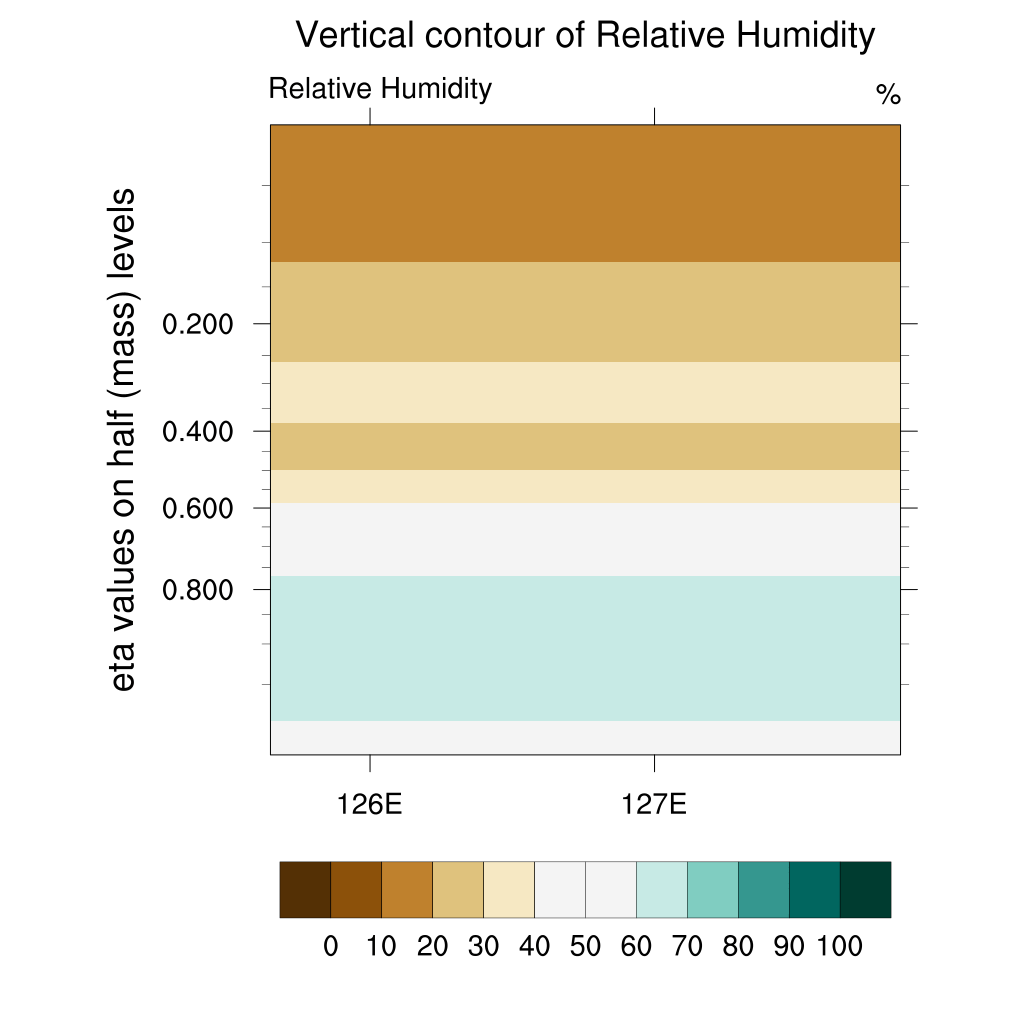
1. Urban in the middle
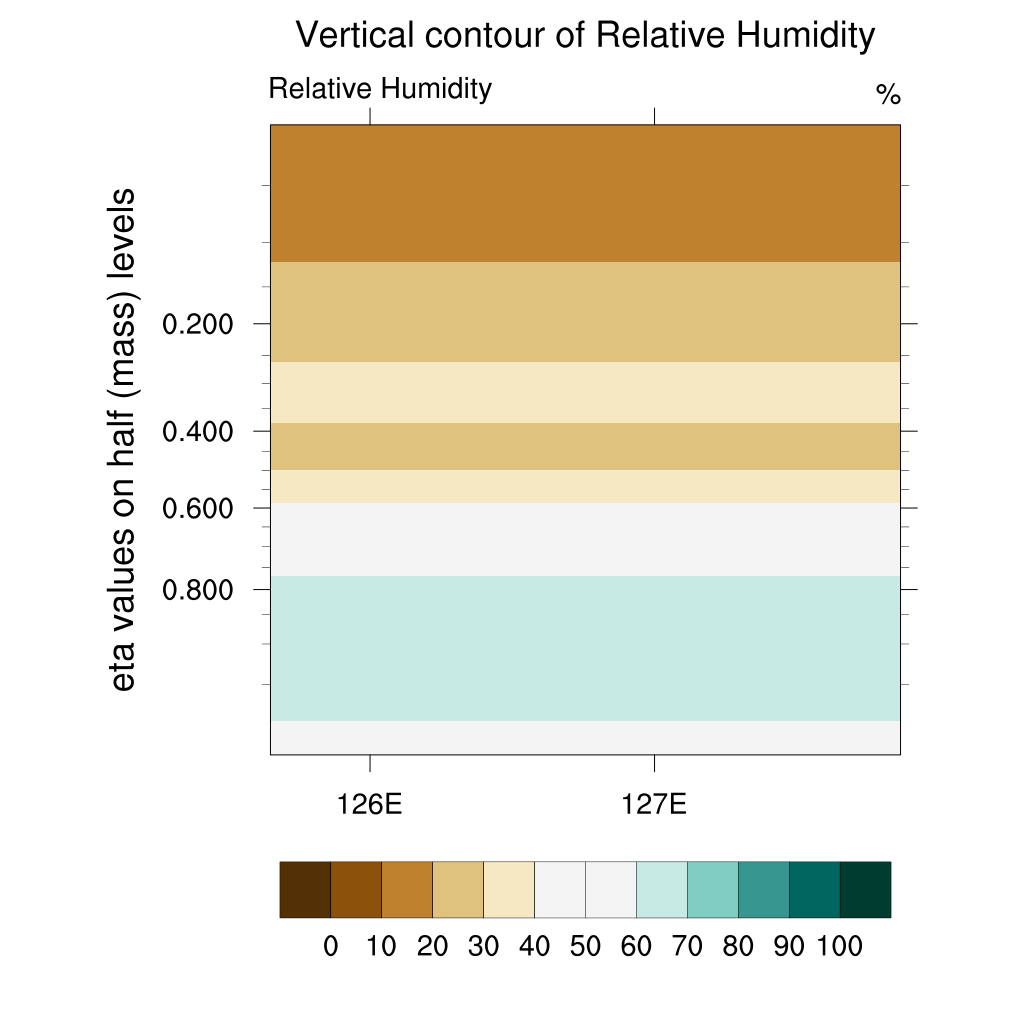
2. Urban in the edges
“Higher relative humidity in case 2”
In both cases, from 4:30 p.m. that is after about an hour and a half, the wind blows from the forest to the urban area and rising air currents form at the edge of the urban. They transport moisture in the forest to the urban and increase the humidity above it. The lower layer of the urban maintains a lower relative humidity compared to the higher one of the urban. The humidity spreads as the wind blows, from the forest to the urban area for the lower layer and the opposite for the higher layer.
During nighttime, the relative humidity in both the urban and the forest increases for both cases. As the wind blows from the urban to the forest, the relative humidity in the forest gets higher.
The noticeably high relative humidity above the urban is observed in case 2 during both day and night time.
U-Wind

1. Urban in the middle
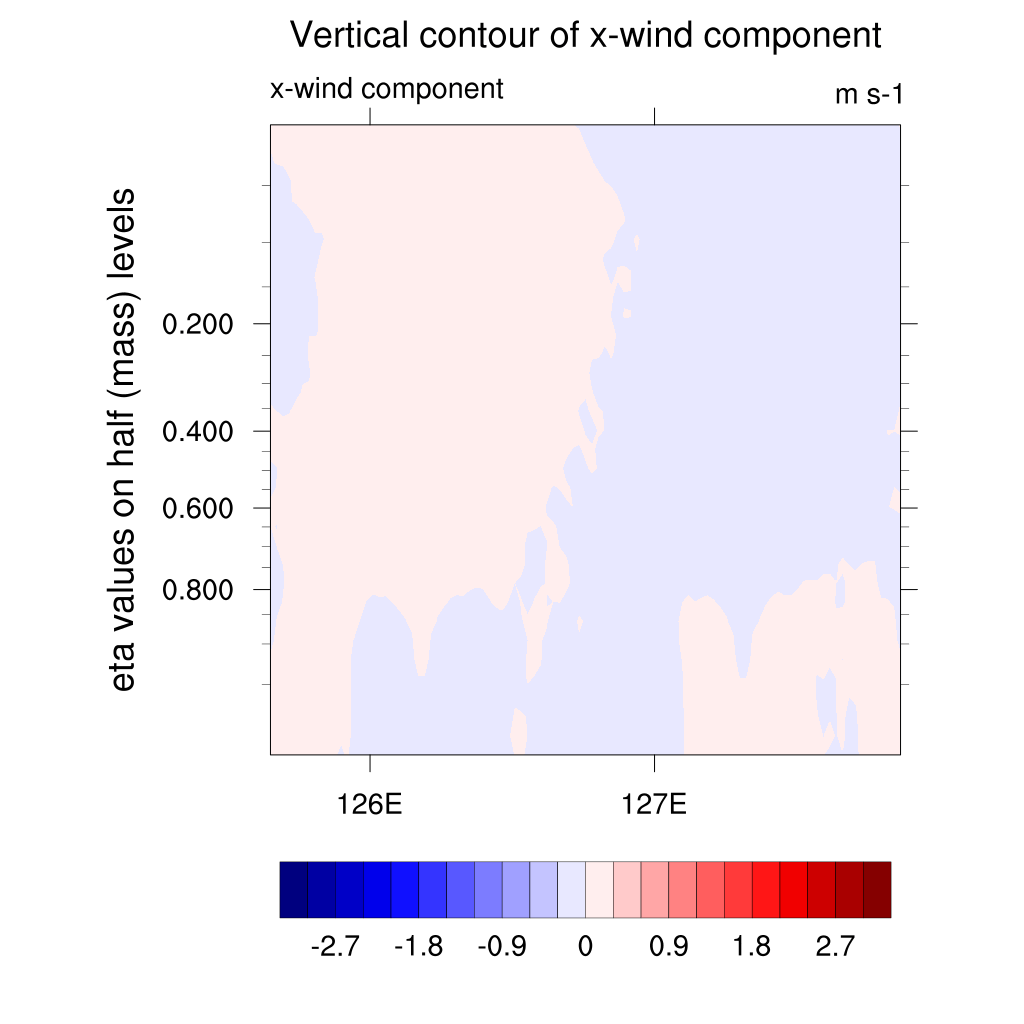
2. Urban in the edges
“Greater intensity of U-wind over wider area in case 2”
The wind starts blowing from the forest to the urban at around 4:30 p.m. in case 1, and at around 4:00 p.m. in case 2. It blows over a gradually wider area with weaker intensity as time passes.
The wind direction changes from 12:00 a.m., about 9 hours later in case 1, and from 10:30 p.m., about 7 and a half hours later in case 2. It blows from the urban to the forest, emitting the heat.
Whether it is day or night, the wind blows in a wider area with greater intensity in case 2.
W-wind
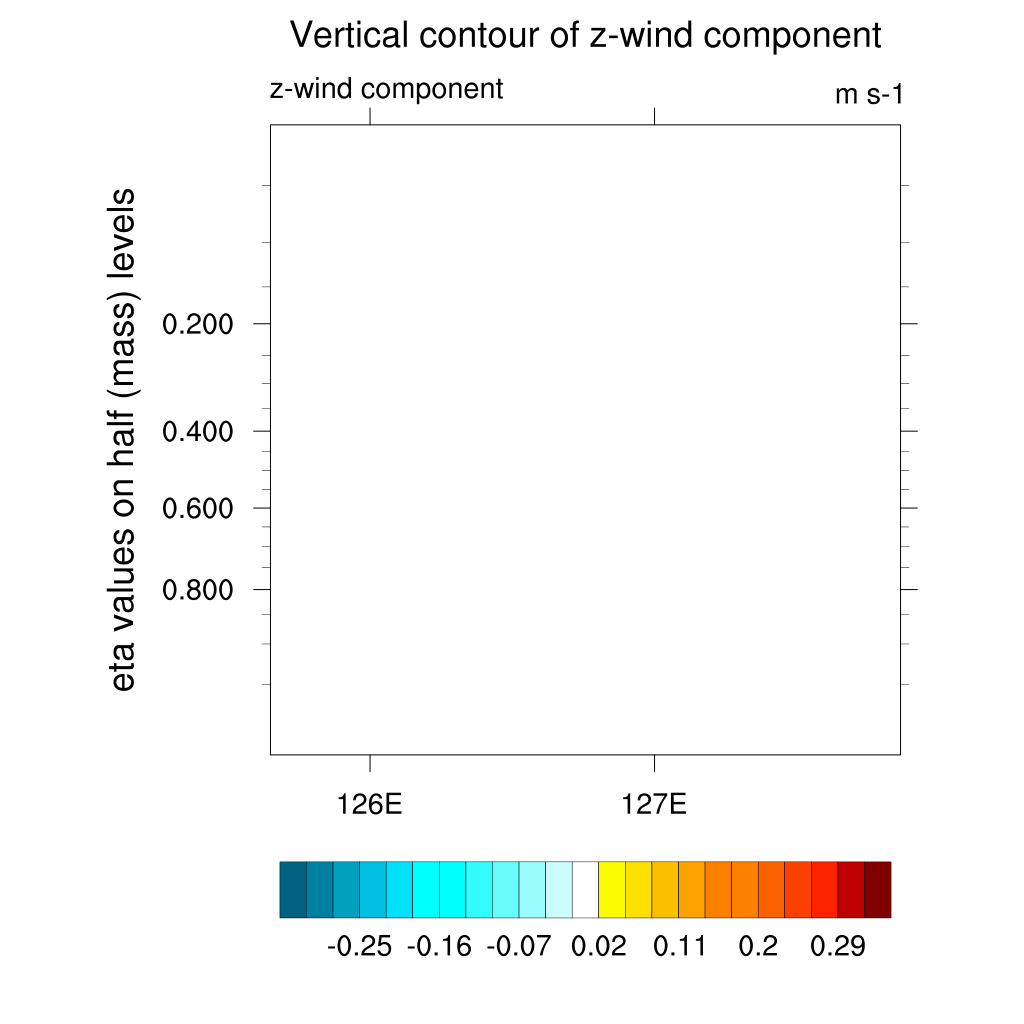
1. Urban in the middle
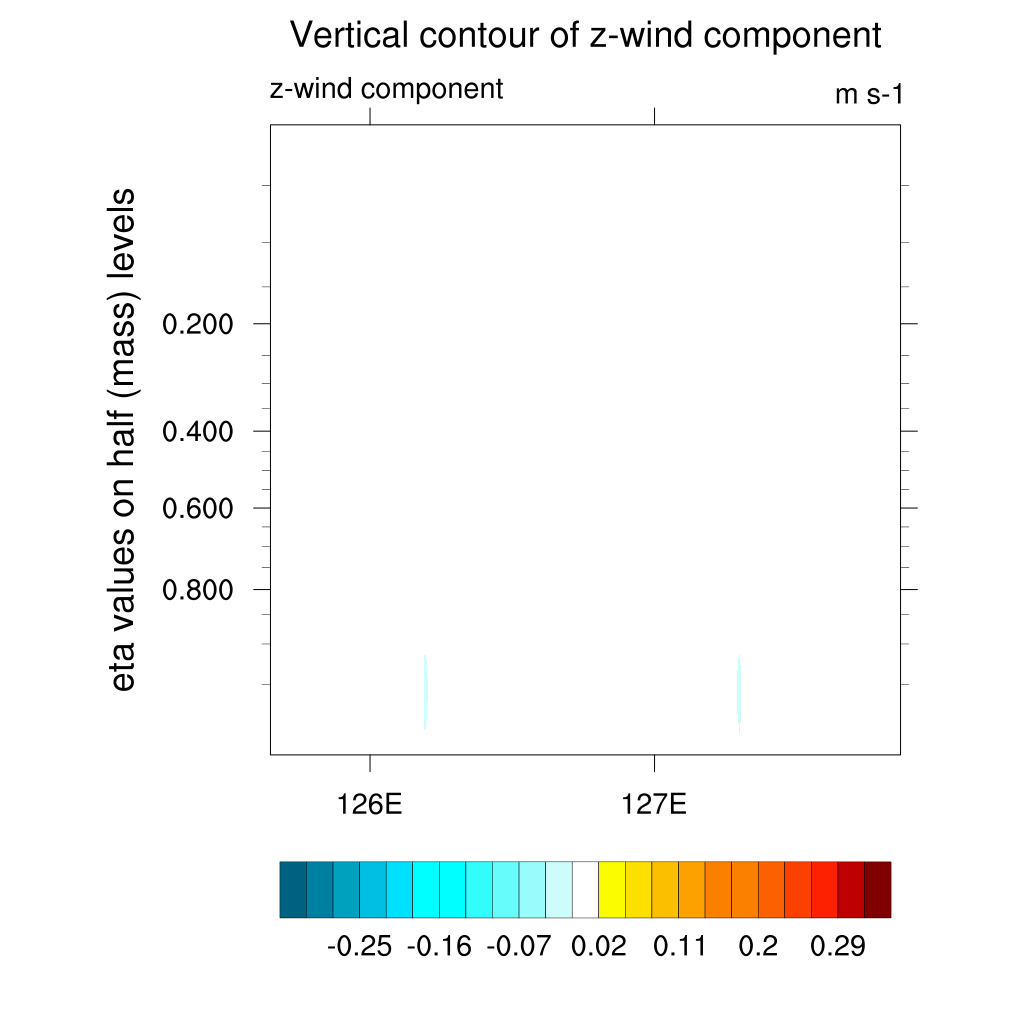
2. Urban in the edges
“Long-lasting W-wind and Downdrafts in case 2”
From about an hour later, the air ascends as the urban air gets heated. This week ascending air pattern gradually moves towards the center of the urban area. After about 8 hours, from 11 p.m., the updraft completely disappears in case 1. Downdraft exists in the urban area, but it is very weak.
In case 2, there are stronger updrafts in urban areas than that in case 1. This updraft pattern also moves in the direction from forest to urban and then disappears. From 11 p.m., about 8 hours later, it still exists unlike case 1, and moves in the direction from urban to forest. Also, the air descends in the urban during the night, which makes the heat island effect happen.
Wind Vector

1. Urban in the middle
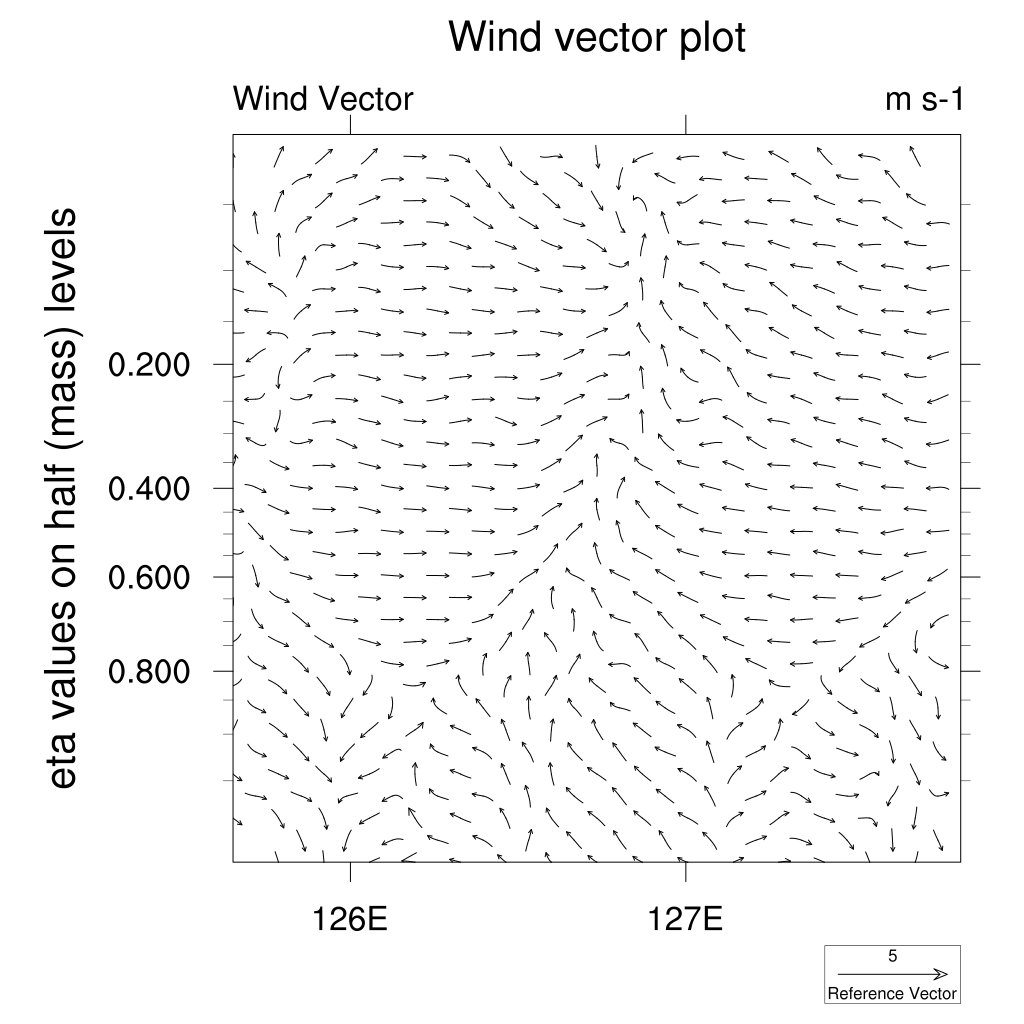
2. Urban in the edges
“Earlier change of wind direction with greater intensity in case 2”
As discussed in the U-wind and W-wind above, the wind blows from the forest to the urban at around 4:30 p.m. in case 1, and at around 4:00 p.m. in case 2. As time passes, stronger winds blow into the urban area, circulating the air and alleviating the urban heat island effect. Longer arrows in case 2 mean that the stronger wind.
The wind that was blowing strongly towards the urban begins to weaken at around 9 p.m. in both cases and changes direction from about 12 a.m. in case 1 and from about 11 p.m. in case 2, blowing from the urban to the forest. It transports the heat of the urban to the forests and mitigates the UHI effect.
Conclusion
0-24
Deciduous Broadleaf Forest
25-74
Urban
75-99
Deciduous Broadleaf Forest
In case 1, the area where the temperature is above 30 °C is thinner and gets relieved more quickly with less relative humidity than that in case 2. However, the wind graphs show that the wind blows in a wider area with great intensity in case 2, which can indicate good air circulation leading to less urban heat island effect. Although the wind blows stronger and earlier in case 2, the urban heat island effect alleviates well in case 1 since the urban air circulates by the wind from two forest areas on both sides, while it circulates by the wind from only one forest area in case 2.
Therefore we concluded that case 1, when the urban area is surrounded by the deciduous broad-leaf forests, is more suitable for mitigating the urban heat island effect than case 2, when the urban areas surround the deciduous broad-leaf forest.
Research 2-2
Now we know that the case of the urban area being surrounded by deciduous broad-leaf forests has less urban heat island effect than the opposite situation. Then what about the size of the forest? Does it also affect the intensity of the urban heat island effect?
Research 2-2 shows the difference between when the forest area is large (case A) and
when it is small (case B) in the same setting of land use options with previous research.
To simulate cases, we set the urban size, lm as 10 for case A, and 30 for case B.
0-39
Deciduous Broadleaf Forest
40-59
Urban
60-99
Deciduous Broadleaf Forest
0-19
Deciduous Broadleaf Forest
20-79
Urban
80-99
Deciduous Broadleaf Forest
Temperature
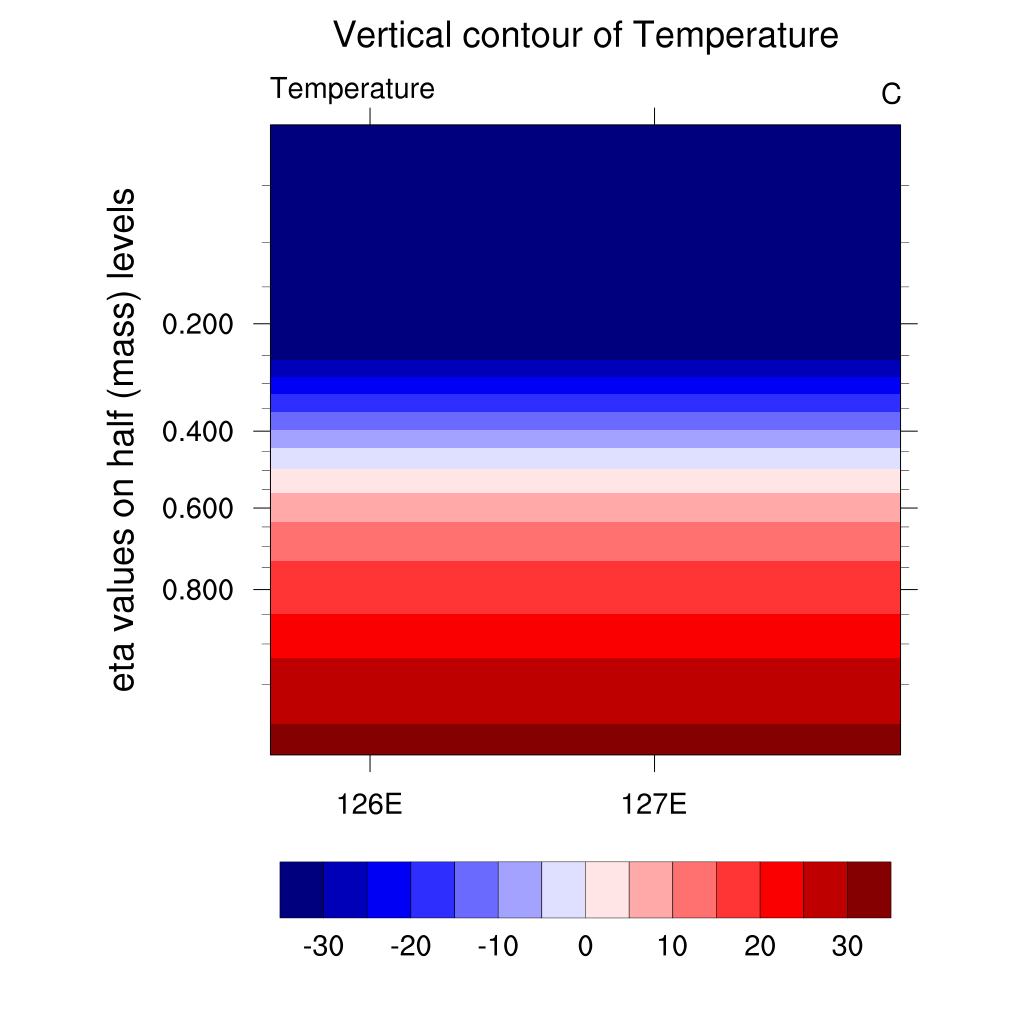
A. Large Forest
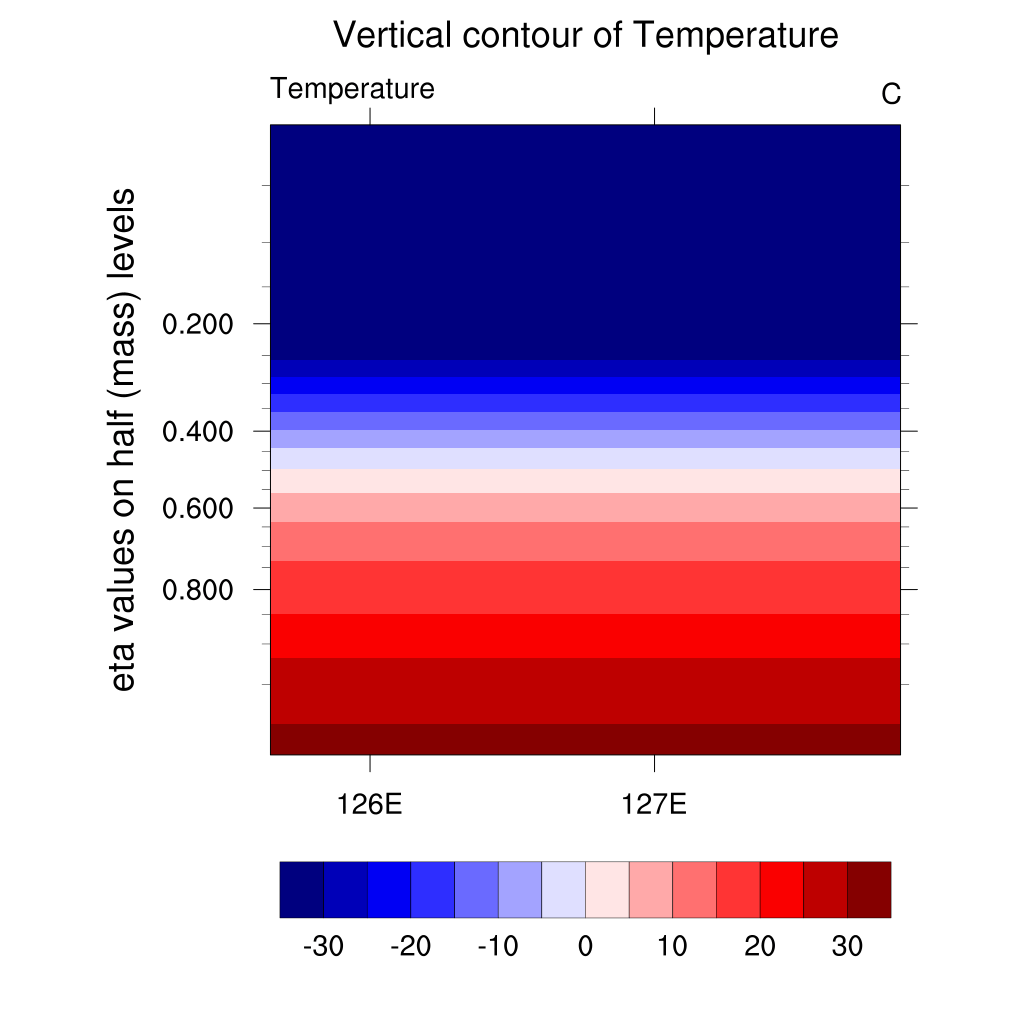
B. Small Forest
“Quicker mitigation of urban heat island effect in case A”
In both cases, the urban heat island effect occurs after about an hour. During the daytime, the temperature above the urban area increases. The heat island effect is quickly alleviated from 5:30 p.m., about two and a half hours later. As the urban is small and the forest is large in case A, the whole air in the urban circulates in a short period of time. Therefore, after about 4 and a half hours, at 7:30 p.m., the area exceeding 30 °C mostly disappears while it exists quite a lot in case B. case.
At 11 p.m., about 8 hours later, an ‘atmospheric inversion phenomenon’ happens as same as the previous research cases.
Relative Humidity
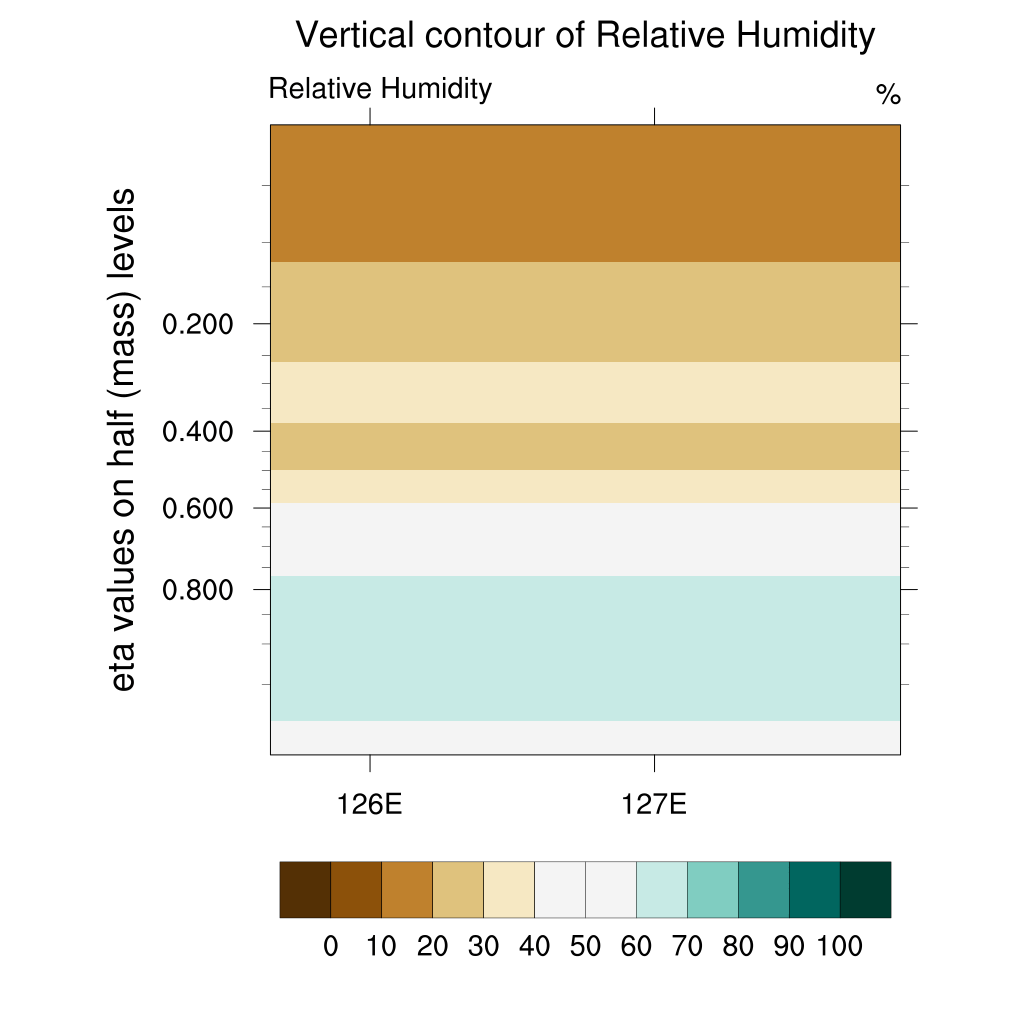
A. Large Forest
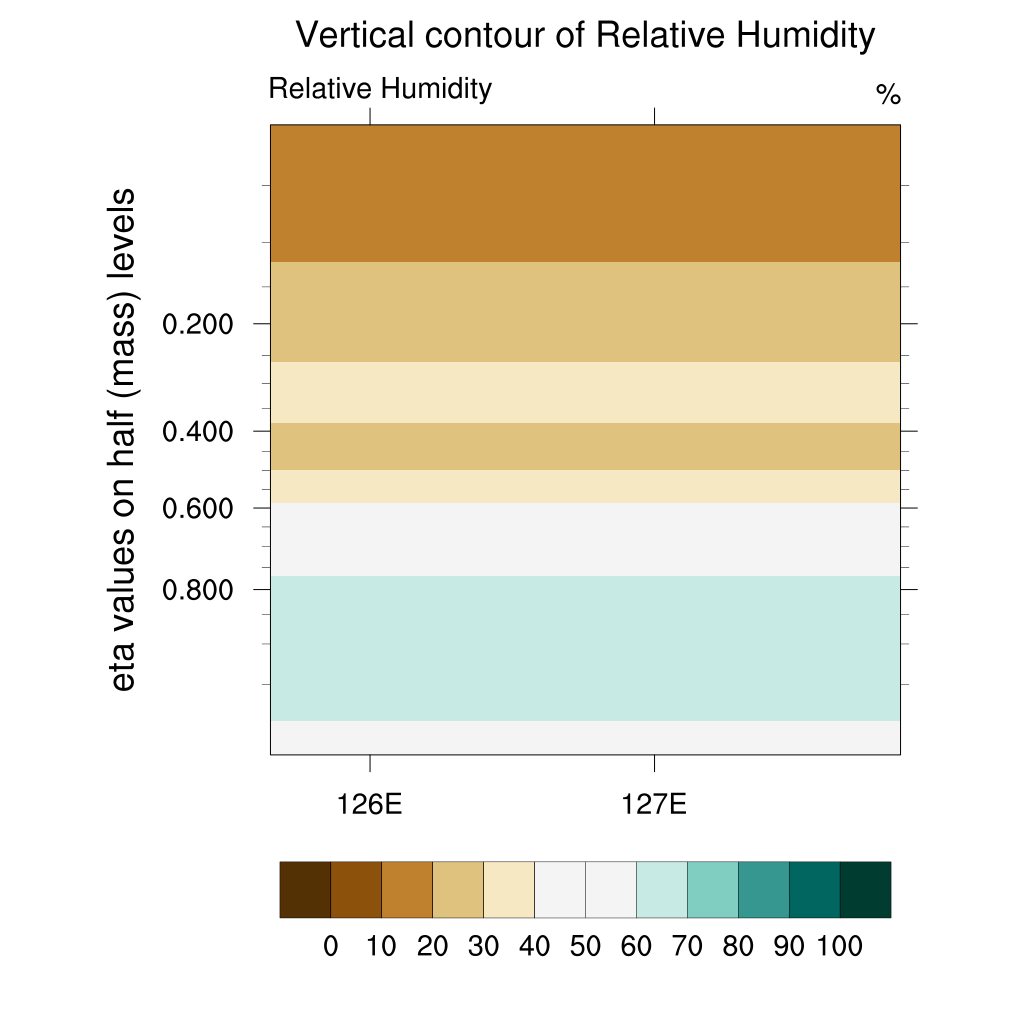
B. Small Forest
“Higher relative humidity in case B”
In both cases, about an hour and a half later, at 4:30 p.m., the wind blows from the forest to the urban, and the air ascends at the edges of the urban, increasing humidity over the urban. The lower layer of the urban maintains a lower relative humidity compared to the higher one of the urban. The humidity spreads as the wind blows, from the forest to the urban for the lower layer and the opposite for the higher layer.
During nighttime, the relative humidity in both the urban and the forest increases for both cases. As the wind blows from the urban to the forest, the relative humidity in the forest gets higher.
In case B, as the urban area is larger, naturally the area with high relative humidity is larger.
U-Wind
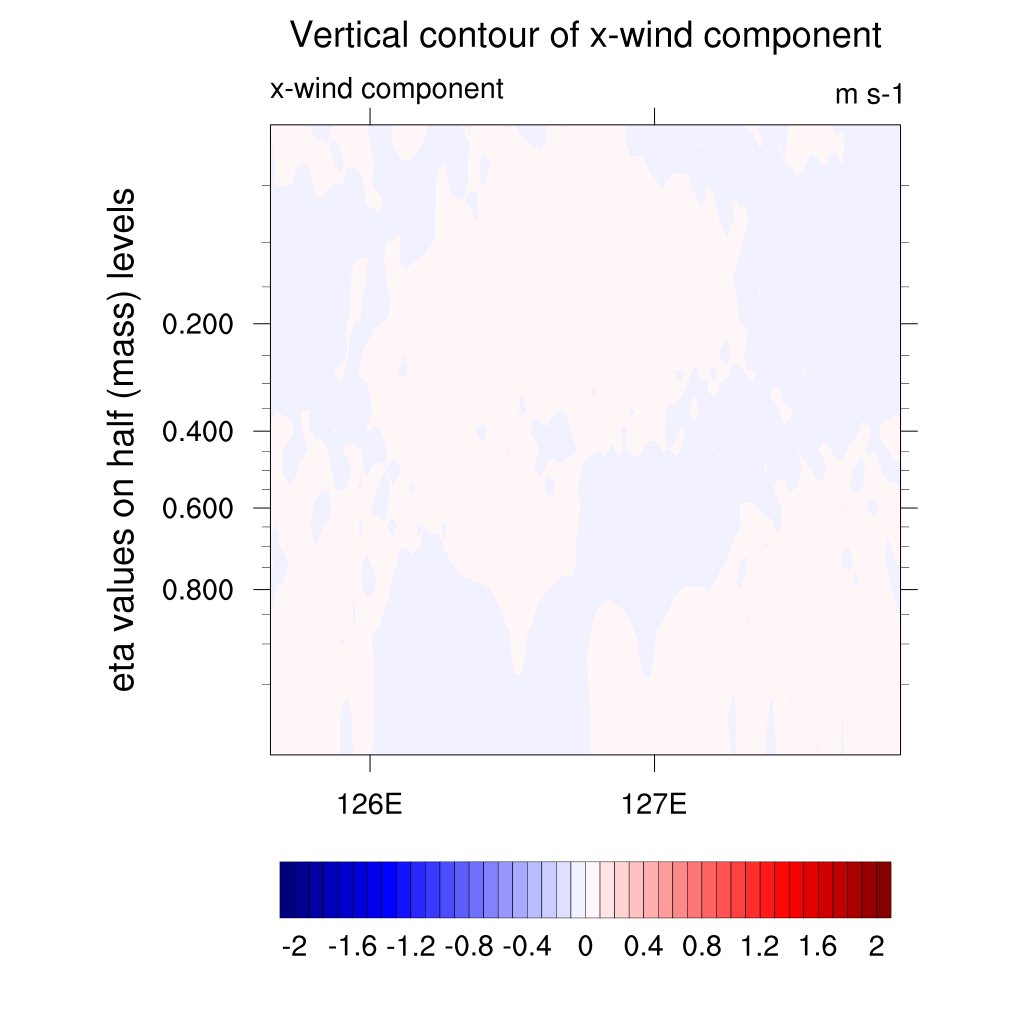
A. Large Forest
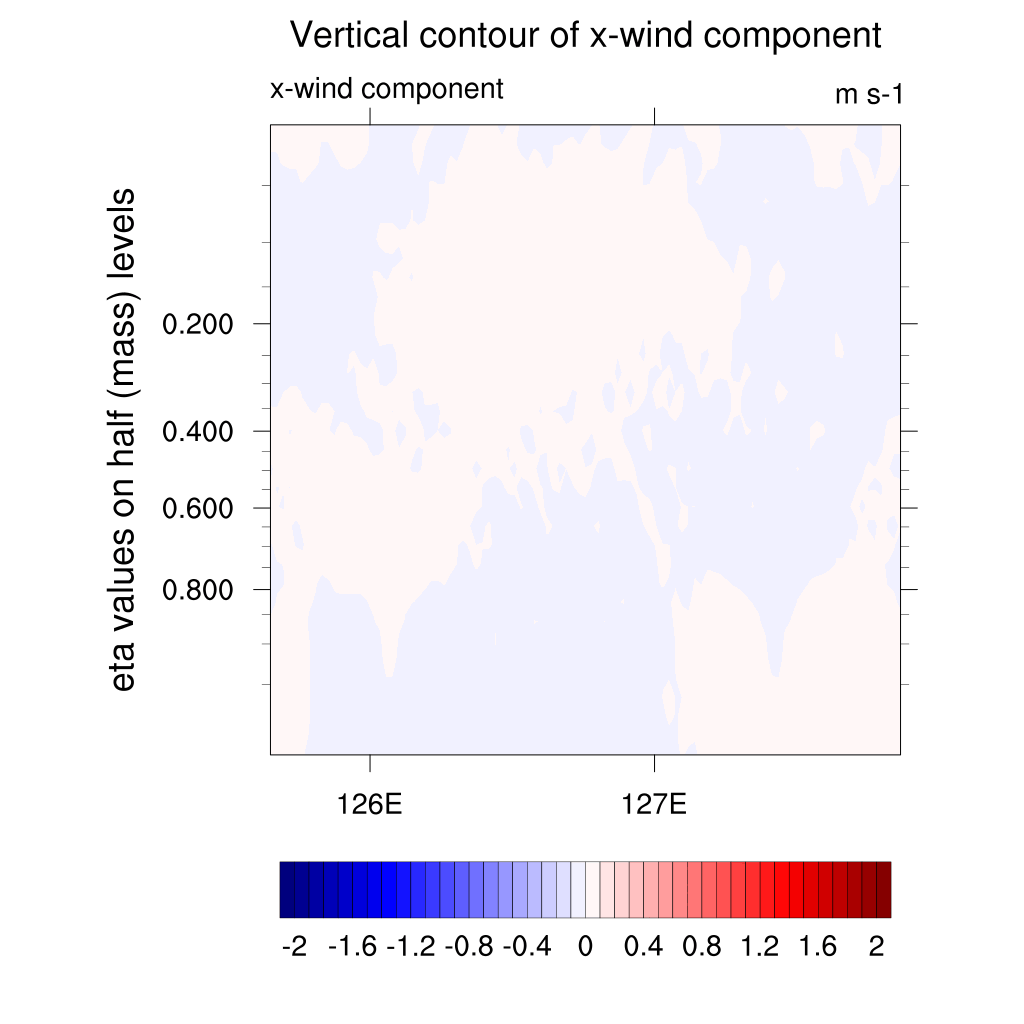
B. Small Forest
“Earlier convergence of U-wind and change of the direction in case A”
In both cases, the wind begins to blow from the forest to the urban area at 4:30 p.m., about an hour and a half later. In case A, the wind direction changes at around 8:30 p.m., about 5 and a half hours later. On the other hand, in case B, it changes at around 12:30 am, about 9 and a half hours later. Winds blowing from the forests on both sides converge earlier and the wind direction changes earlier in case A.
W-Wind
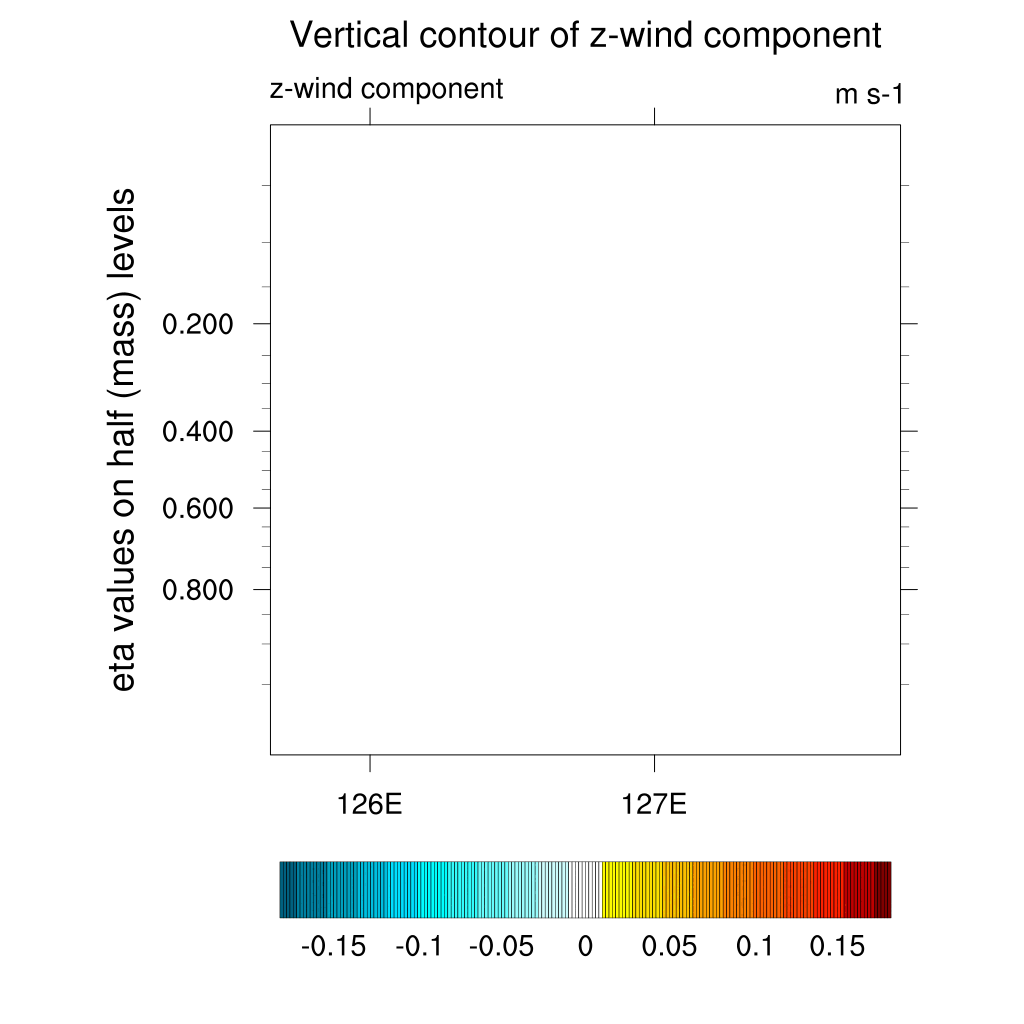
A. Large Forest

B. Small Forest
“Long lasting W-wind in case A”
In both cases, updrafts appear at the edge of the urban area about an hour and a half later, at about 4:30 p.m. This rising air current pattern moves in the direction from the forest to the center of the urban. After converging, they move in the direction from the urban to the forest and then disappear. At around 1:30 a.m., there is no or very weak W-wind in case B while some updrafts still exist in case A.
When the updrafts occur, downdrafts also occur in the forests near the urban area. They move opposite to the urban and disappear.
Wind Vector

A. Large Forest
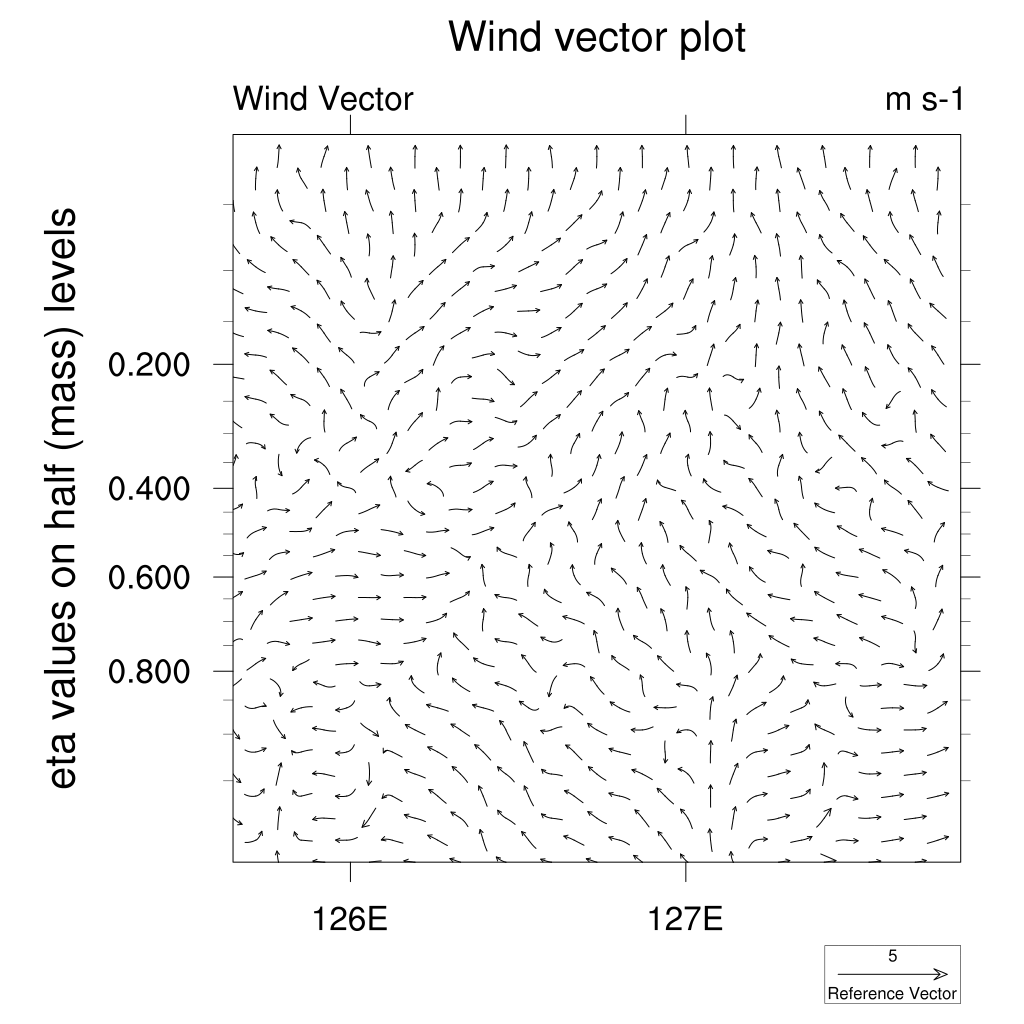
B. Small Forest
“Earlier convergence of wind and earlier change of the direction in case A”
In both cases, the wind begins to blow from the forest to the urban after about an hour and a half, at 4:30 p.m.
In case A, the winds blowing from both sides converge earlier and the air circulates well. In case B, the convergence of the wind occurs relatively late causing late air circulation.
Conclusion
0-39
Deciduous Broadleaf Forest
40-59
Urban
60-99
Deciduous Broadleaf Forest
In case A, the area exceeding 30 °C gets relieved more quickly than it does in case B. This is because the whole air in the urban circulates in a short period of time as the urban is small and the forest is large in case A. Case A even has lower relative humidity and long-lasting earlier wind blowing. All these factors indicate good air circulation leading to less urban heat island effect. Therefore we concluded that case A, when the forest areas surrounding the urban are large, is more suitable for mitigating the urban heat island effect than case B, when the forest areas surrounding the urban area are small, in the same setting of land use options with previous research.